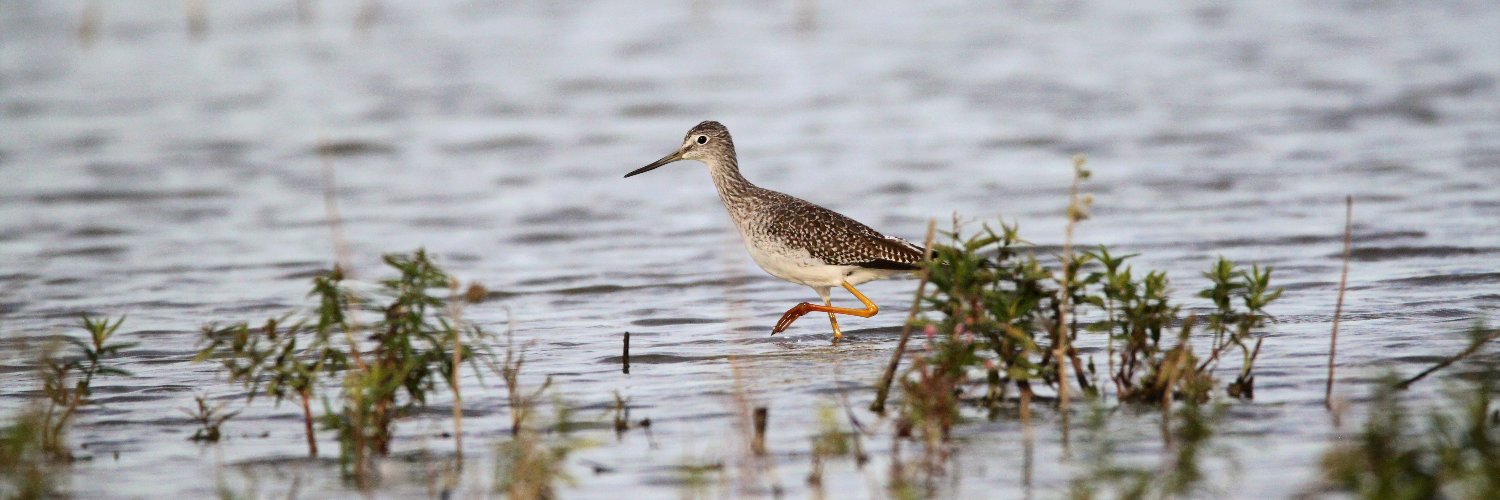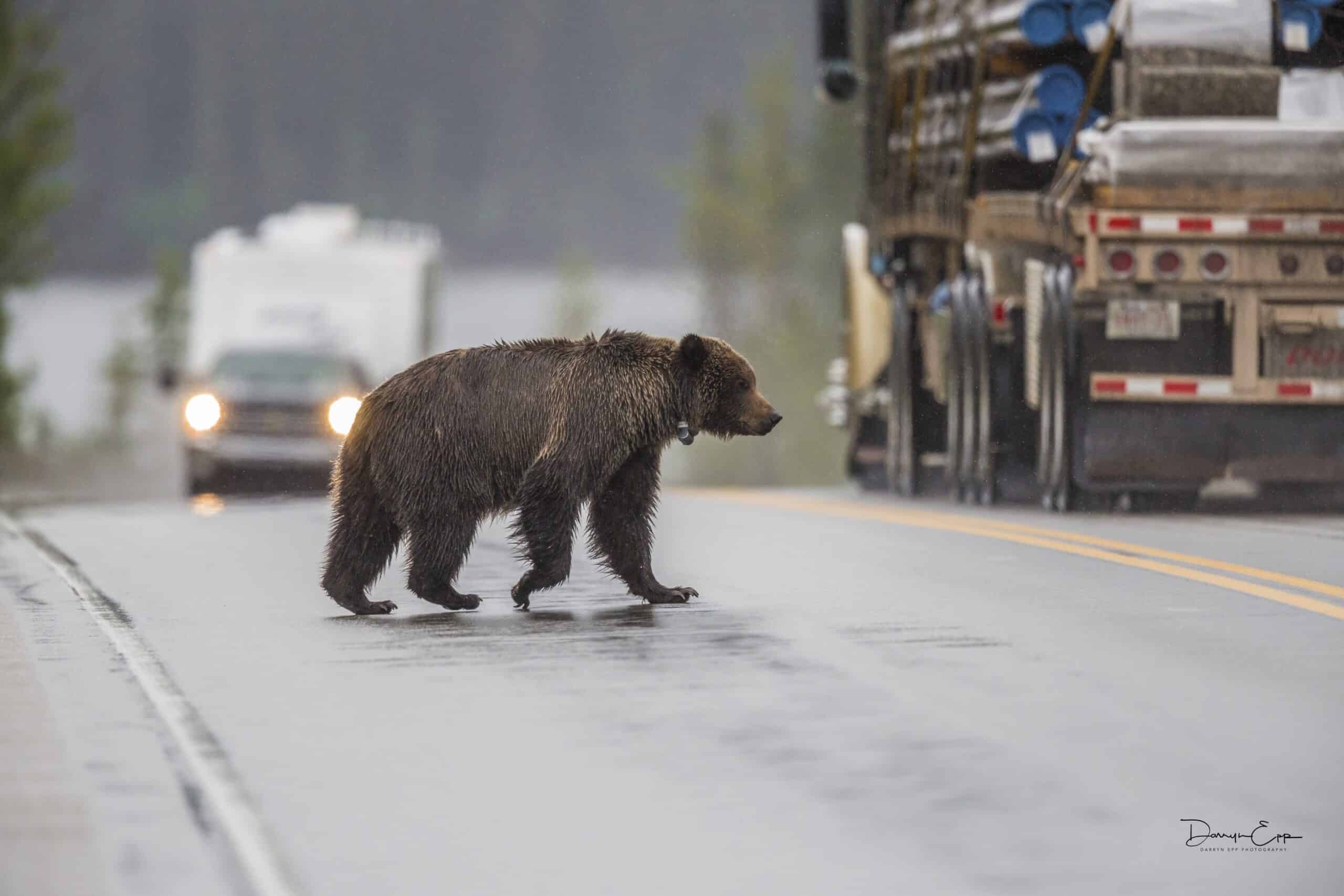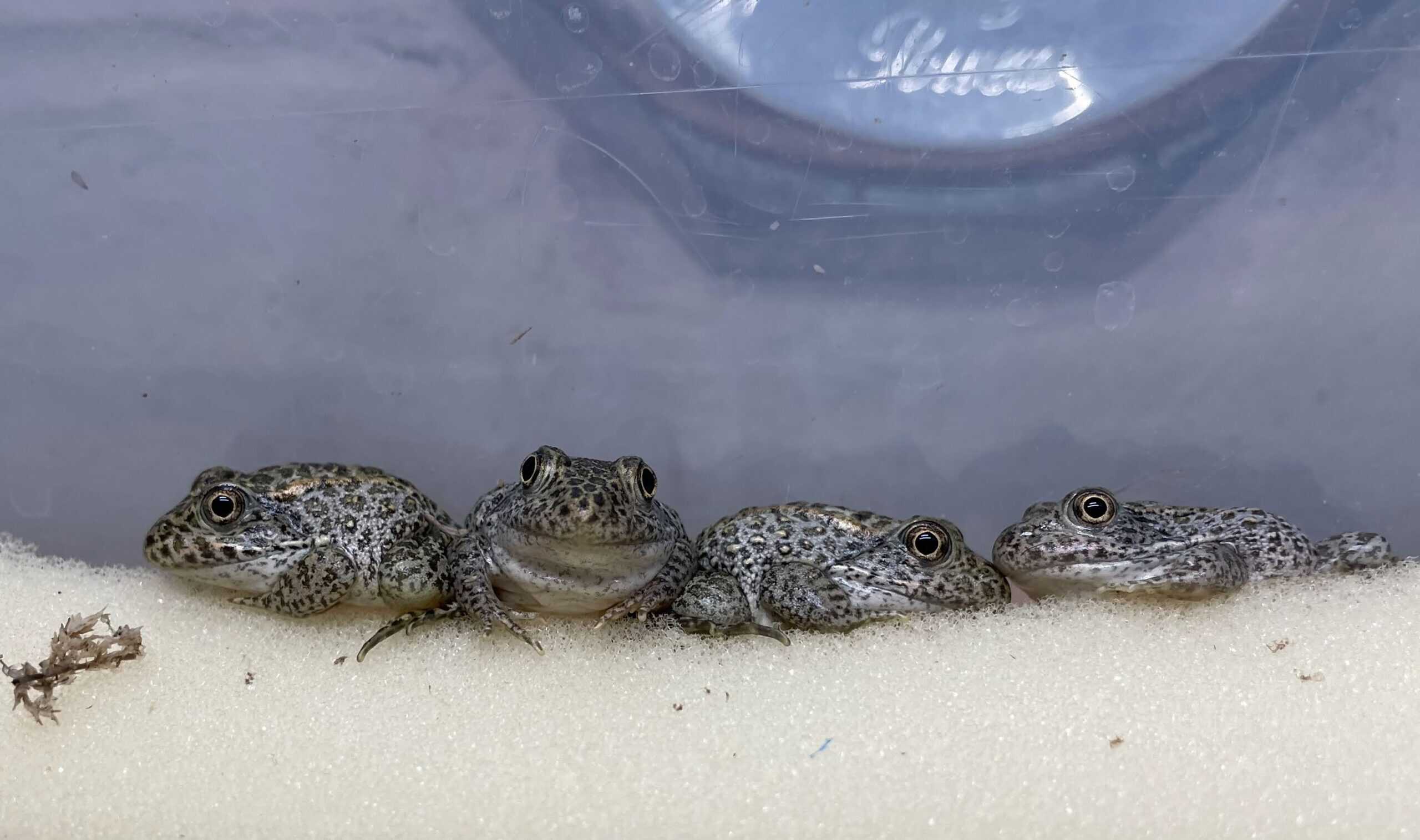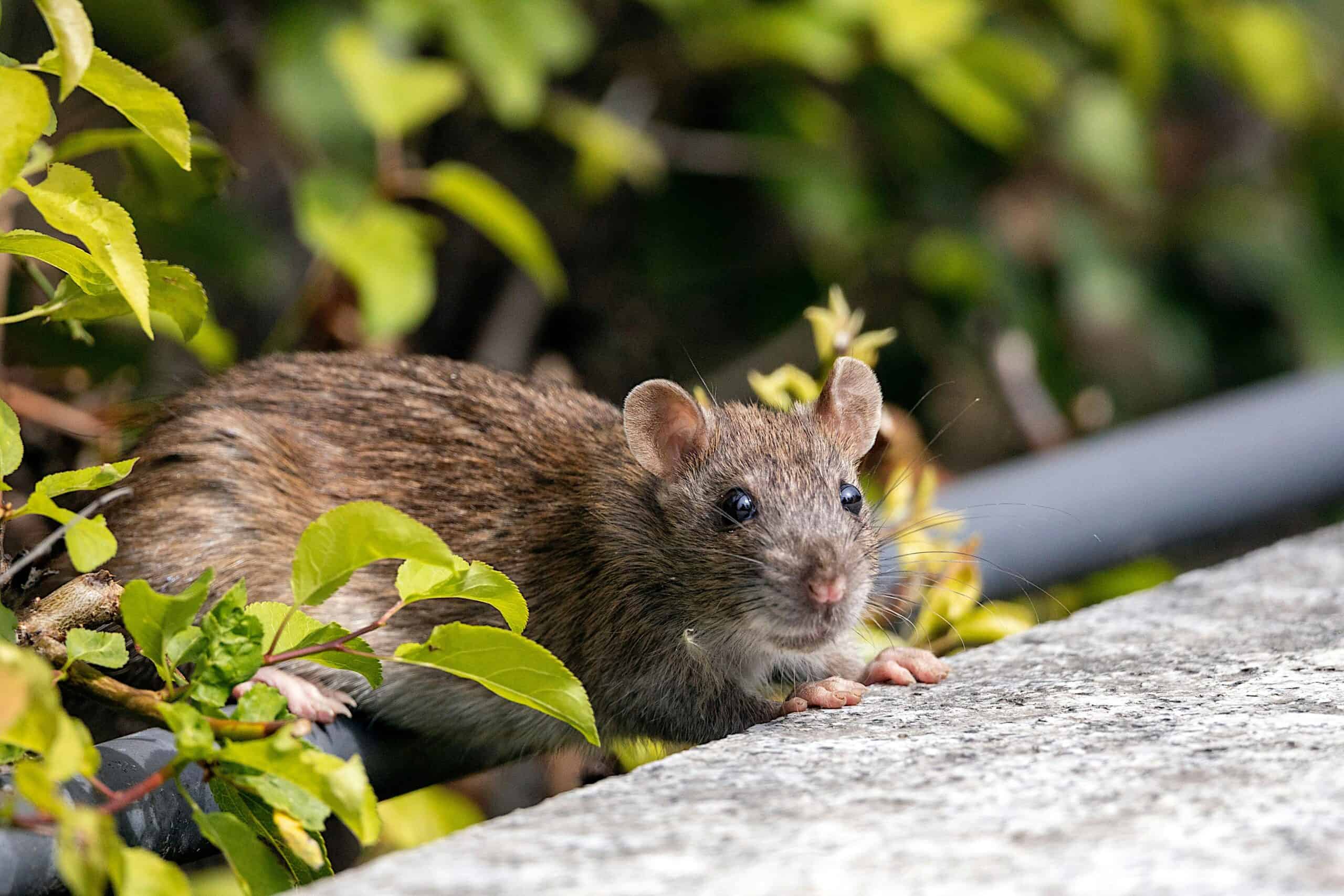
The Wildlife Society
@wildlifesociety
Our mission is to empower wildlife professionals to advance conservation through science, community, and professional excellence.
Backyard feeders are fueling more than just flight. New research shows hummingbird beaks are evolving their shapes to beat out the crowded competition around feeders, as well as driving their northward expansion. wildlife.org/backyard-feede…

Researchers have documented birds moving north and up mountains to avoid warming conditions. But scientists wondered to what extent these movements were actually helping. wildlife.org/birds-move-nor…

With only one dissent, the U.S. Supreme Court has greenlit sweeping federal layoffs. The resulting reduction in force could affect a number of wildlife professionals. wildlife.org/supreme-court-…

A number of studies have tracked grizzly bear movement in the southern Rocky Mountains of Canada. New research maps out human development and geographical land features to better quantify current and future habitat connectivity. wildlife.org/will-developme…

Red pandas in eastern Nepal live in a fragmented forest landscape. While restoration work is ongoing, researchers set up a study using trail cameras to best determine how to monitor their populations. Read more here: wildlife.org/wild-cam-trail…

Following a 2020 wildfire in the Brazilian Pantanal, jaguars at one study site increased in abundance. Researchers think that not only did resident jaguars survive, but others migrated to the area. wildlife.org/jaguars-in-bra…

Aiming to cut costs and refocus on regulatory priorities, the EPA shuts down key scientific office. Read more 👇wildlife.org/epa-shuts-down…

Don't miss out on your chance to travel to TWS’ Annual Conference and engage in one of the largest gatherings of wildlife professionals in North America. Find out more information for this year’s class here: wildlife.org/npwmwg/profess…

Dusky gopher frogs are one of the most endangered amphibians in the United States. Researchers tracked a reintroduction program in Mississippi to see whether it has led to a self-sustaining population. wildlife.org/dusky-gopher-f…

Researchers discovered two new crocodile species on islands off the Caribbean coast of Mexico. These species, found in Cozumel and the Banco Chinchorro, each number less than 1,000 individuals. wildlife.org/researchers-di…

Last week, Congress held hearings on key environmental issues including federal resource management, endangered species policy, pollution, and conservation funding. Read more: wildlife.org/house-committe…

Effective #wildlifemanagement often requires data on population size, survival, and site fidelity. This study uses public reports and genetic mark-recapture to estimate moose demographics. Read this featured #FreeAccess article: ow.ly/OhoW50Wpme9 @wildlifesociety
Sylvatic plague has wiped out entire populations of prairie dogs in North America. Comparing genes of plague survivors to those who have died, researchers found that genetics could be playing a role in their survival. wildlife.org/prairie-dogs-h…
The Wildlife Society Bulletin will be testing out double-blind reviews over the next three years. Editors hope the process will help reduce bias and improve publishing for everyone. wildlife.org/wsb-now-requir…

Bison often migrate west outside Yellowstone National Park to calving grounds in Montana, requiring them to cross a dangerous highway. Researchers analyzed over 15 years of location data to see if they could identify hot spots with elevated collision risk. wildlife.org/where-are-yell…

It’s hard to make it in New York—especially if you’re a juvenile humpback whale. As the New York Bight grows busier for whales and boats, researchers want to understand how foraging behavior might pose unique threats. wildlife.org/wild-cam-juven…

We will be hosting an artisan market during our upcoming annual conference in Amiskwacîwâskahikan (Edmonton), October 6-8! 🎨 If you or someone you know would like to have a table as an Indigenous vendor or artist, please fill out the interest form: forms.gle/yVkXNTV3BjJ7db…

Climate change is fueling toxic algal blooms in Alaska. For the first time, scientists have linked saxitoxin to fur seal deaths in the Bering Sea, offering rare proof of a silent, deadly threat. wildlife.org/toxic-tides-li…

Rats run their city blocks—and don’t travel much farther than that. But human disturbance causes them to move farther, potentially carrying deadly diseases with them. wildlife.org/rats-migrating…

Conservationists have confirmed the presence of a Eurasian otter in Borneo. Scientists thought the species was extirpated from Malaysia after more than a decade without a confirmed sighting. wildlife.org/extirpated-ott…
